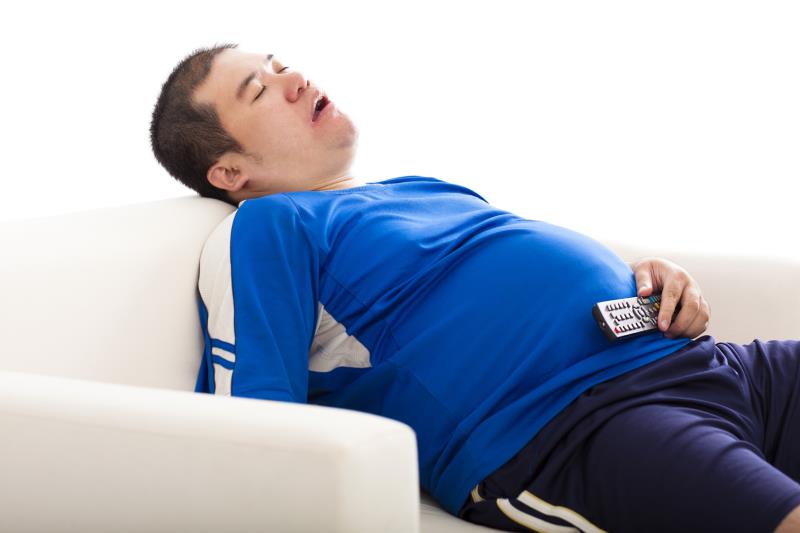
A positive airway pressure (PAP) device may be used as an alternative to full polysomnography for the detection of sleep apnoea (SA) in acute stroke patients, according to a recent study.
“In the present study, we found an excellent accuracy of PAP device for predicting SA in acute stroke setting,” said researchers. “Overall, there was a good agreement between PAP device on diagnostic mode and manual scoring on polysomnography for respiratory events detection.”
In the 29 stroke patients (mean age, 59.5±12.1 years; 58.6 percent male) enrolled, the mean apnoea-hypopnoea index (AHI), as scored by manual polysomnography, was 28.8±29.7 event per hour. In comparison, the corresponding value obtained by the PAP device was 17.5±16.5 events per hour. The difference was statistically significant (p=0.002). [Stroke 2019;doi:10.1161/STROKEAHA.119.027141]
Such a discrepancy was likewise observed for the mean hypopnoea index, which was significantly higher when measured by full polysomnography (20.9±18.4 vs 9.8±7.5 events per hour; p<0.001). In contrast, mean respiratory effort related arousal index (RERAI) was slightly but significantly elevated when measured by the PAP device (3.1±3.5 vs 1.3±3.2; p=0.003).
SA, defined as AHI ≥5, was diagnosed in 24 patients (83 percent) using manual polysomnography scoring and in 21 patients (72 percent) using the PAP device. Diagnosis rates for severe SA (AHI ≥30 events per hour) were 38 percent (n=11) and 24 percent (n=7), respectively. Both measures also showed comparable values for the obstructive apnoea index.
At each AHI value, PAP showed an area under the receiver operating characteristic curve of 0.90, indicating good predictive value. At the threshold of ≥10 device per hour, the specificity and positive predictive value of the device was 1.0. Using AHI ≥30 events per hour as a cut-off for severe SA, the corresponding values were 0.94 and 0.86.
Moreover, there was good correlation of AHI measurements when collected using either the device or polysomnography (r, 0.92; p<0.001). Between-method correlation for apnoea (r, 0.71; p<0.001) and hypopnoea (r, 0.89; p<0.001) indices were significant but of weaker magnitude, while RERAI values were not correlated at all (p=0.40).
This “was expected since different criteria are used for scoring them by the two methods,” the researchers explained. “Indeed, PAP device uses only airflow to detect airway events, whereas the polysomnography scores are also based on arterial oxygen saturation, respiratory effort and arousals.”
Moreover, PAP calculates respiratory indices using hours of use, while polysomnography returns these values according to hours of sleep, they added.
“Given the high frequency of SA in acute stroke patients, the complexity and high cost of a full polysomnography, PAP device on diagnostic mode can aid in SA detection in this setting,” the researchers said.